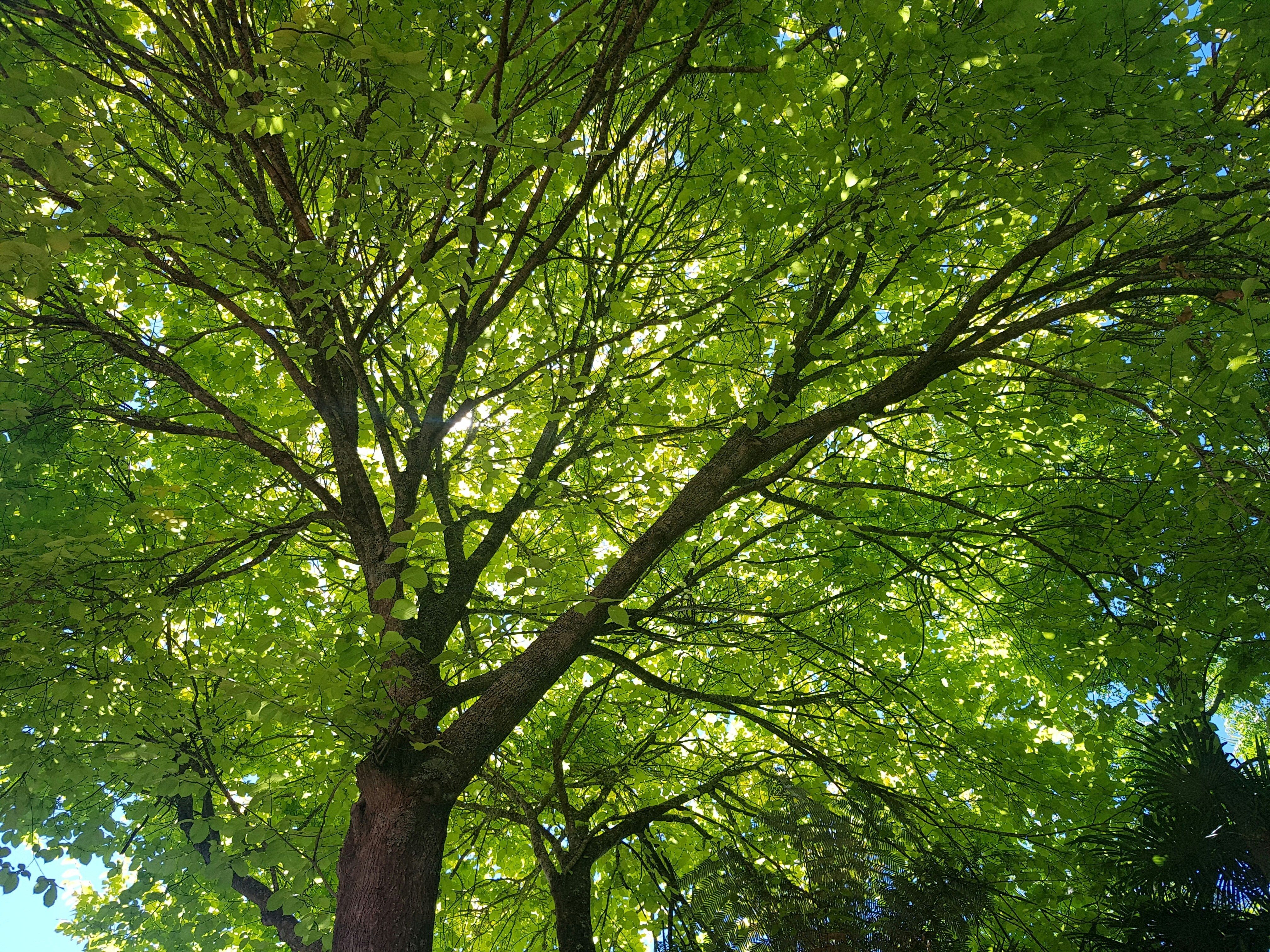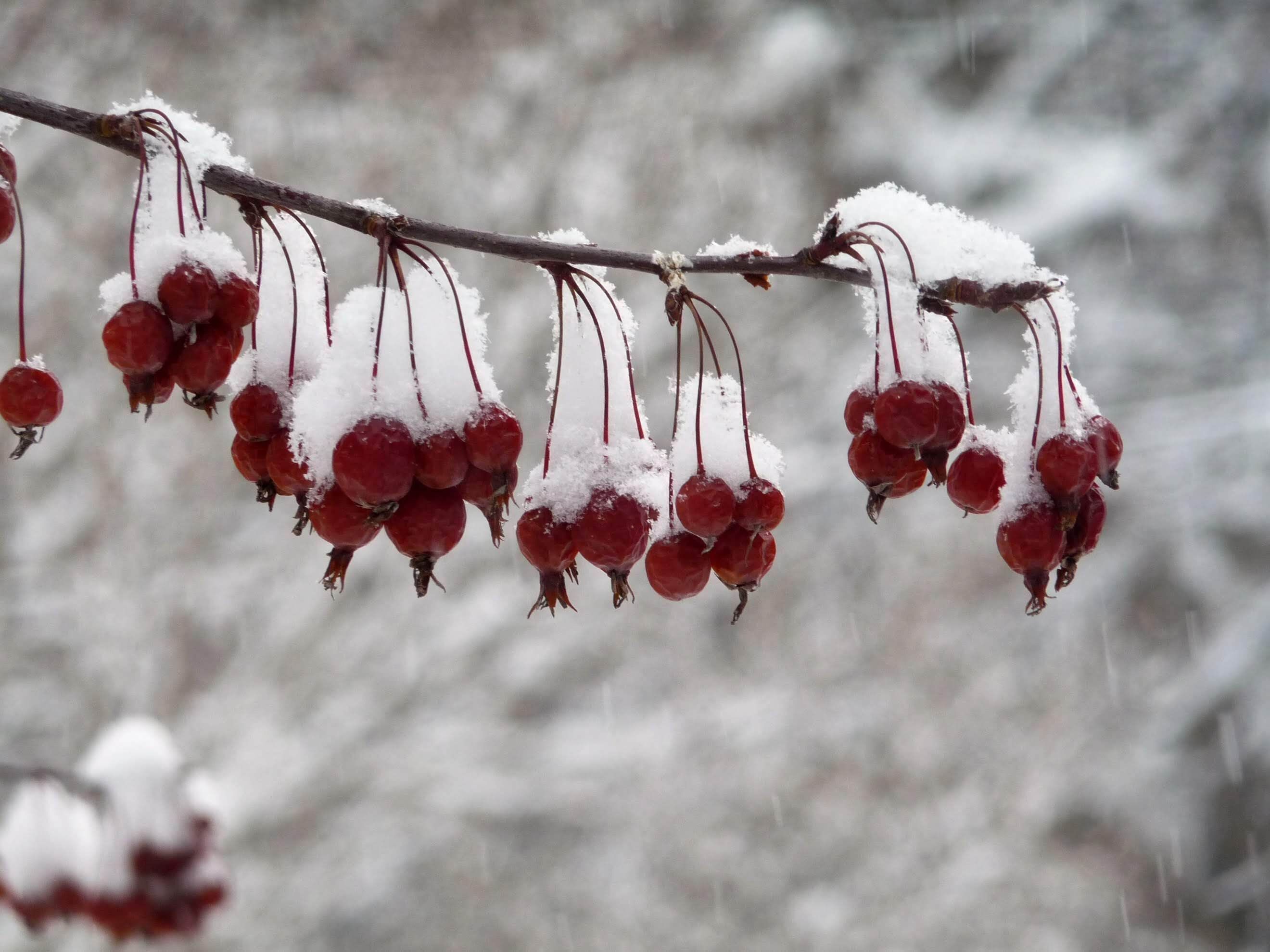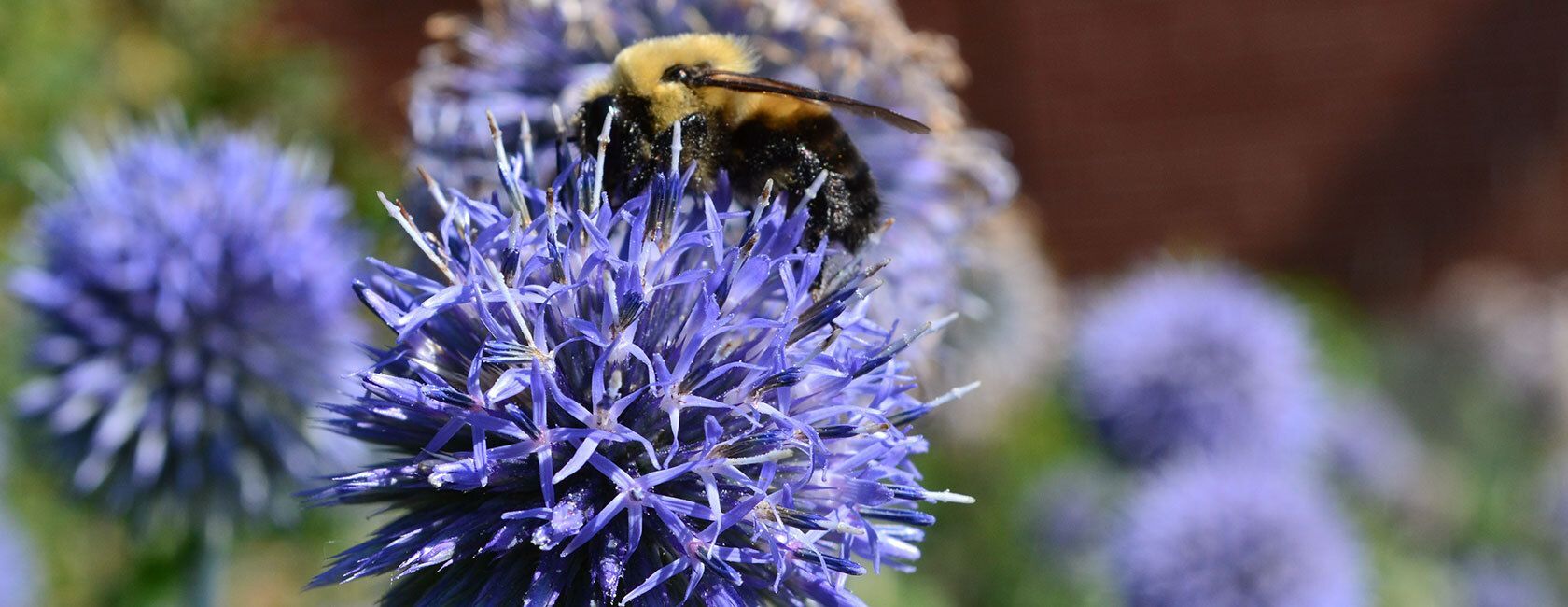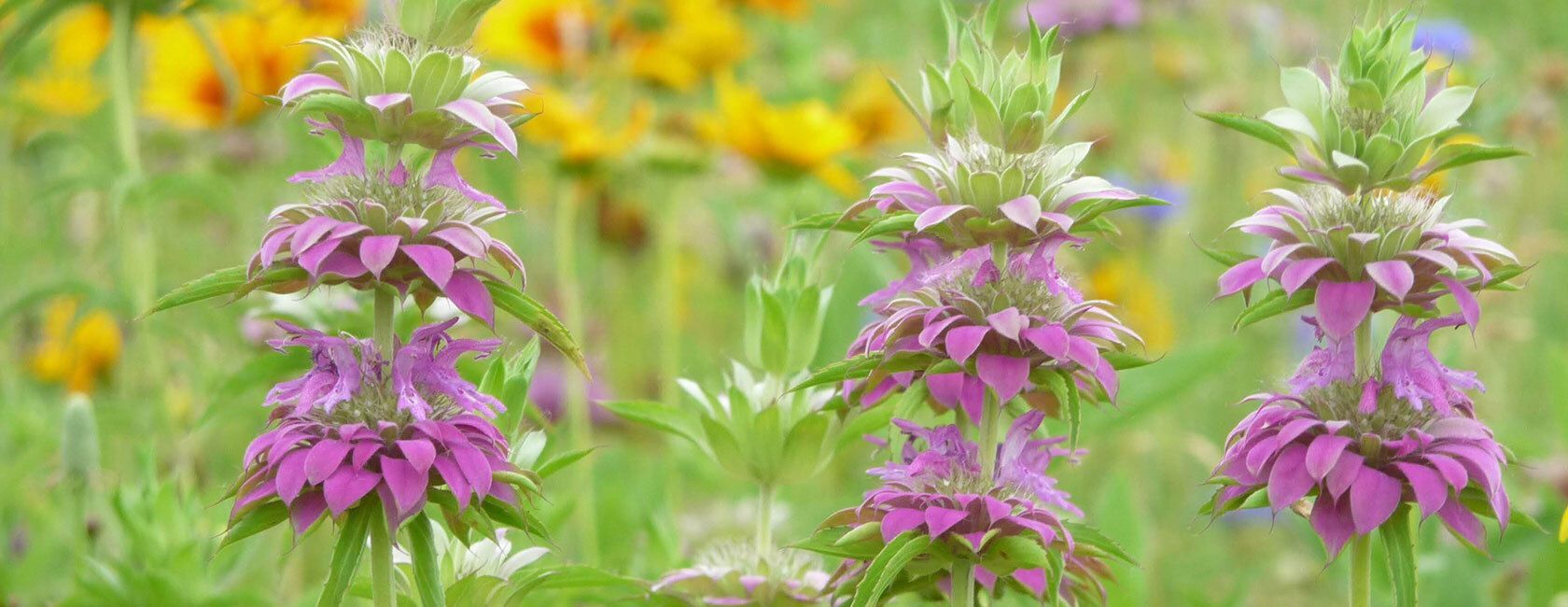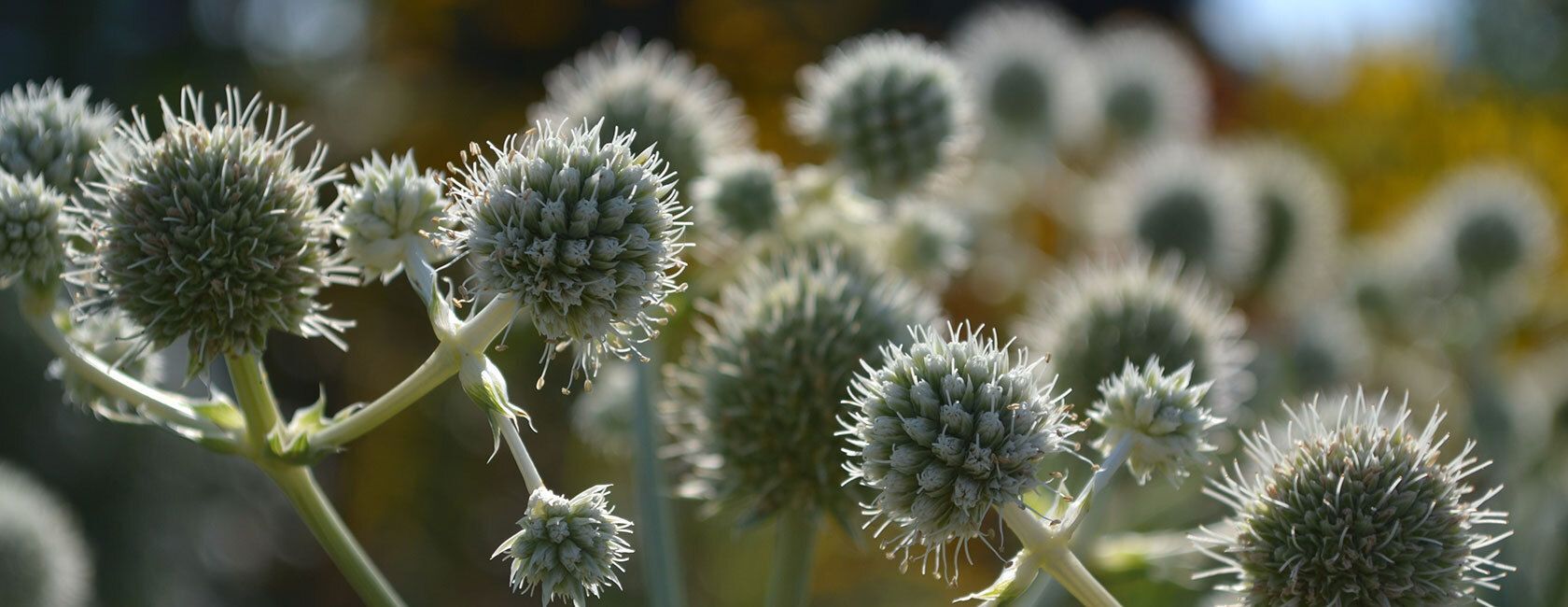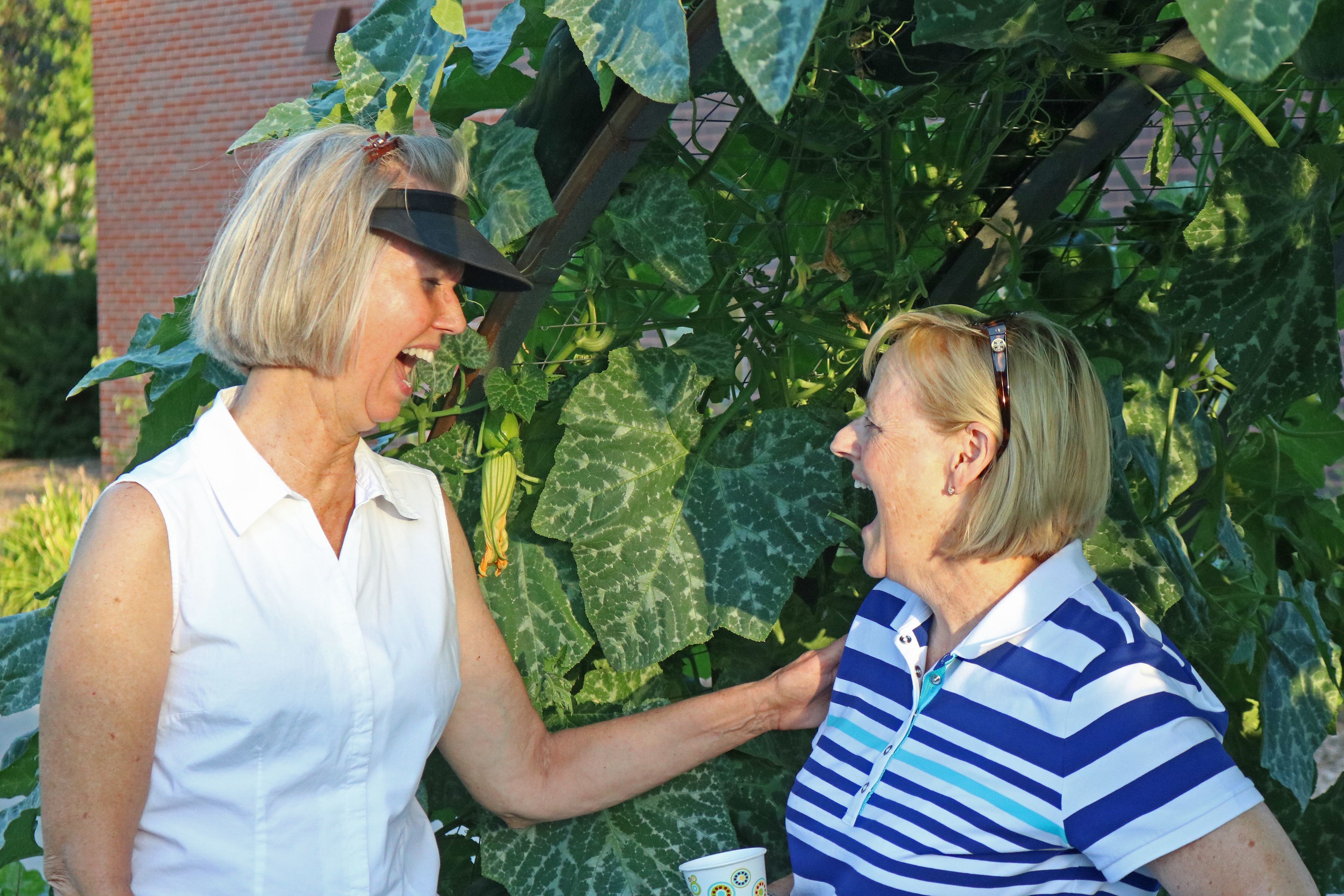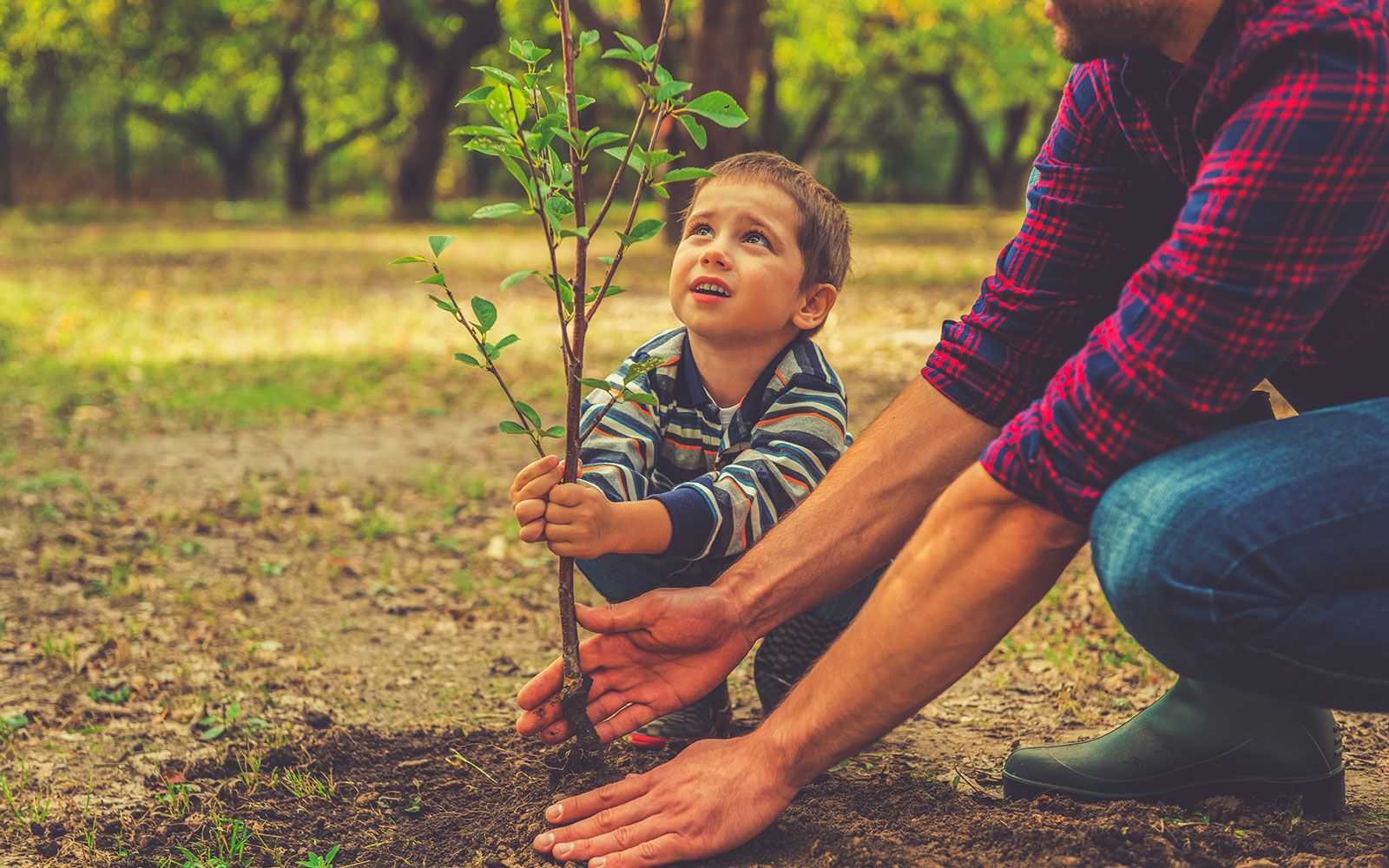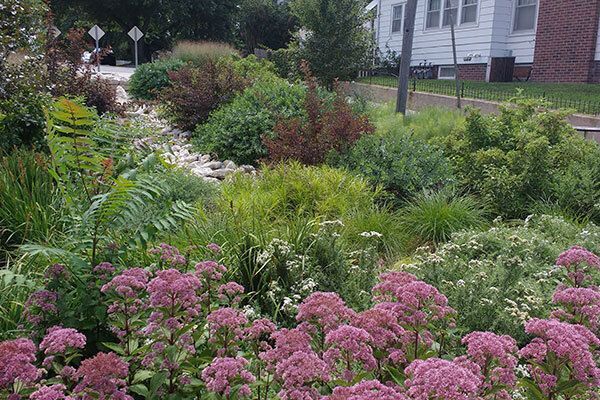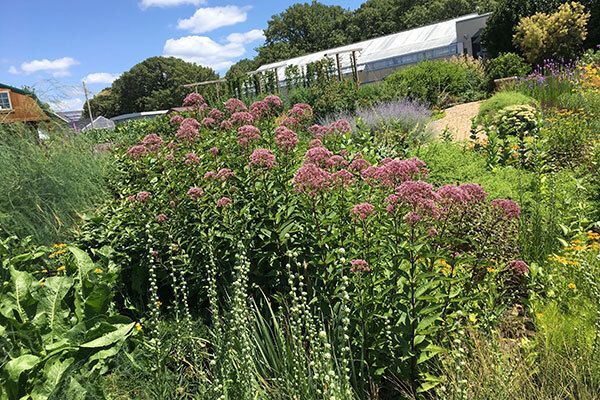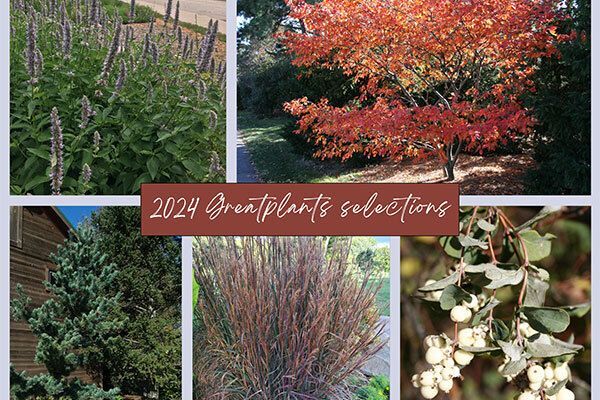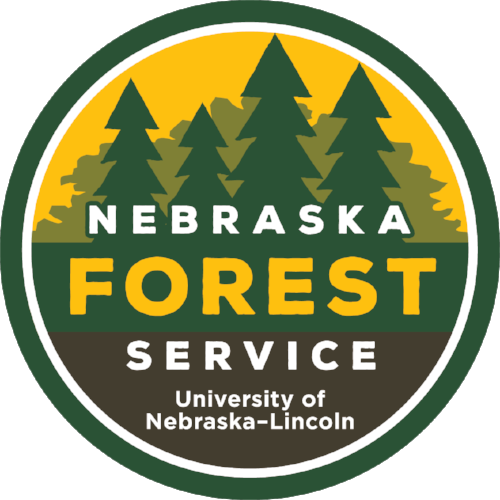
A jack-in-the-pulpit colony at Horning Farm.
Recently the Arboretum staff were invited to a workday at Horning State Farm, a Nebraska Forest Service demonstration forest near Plattsmouth that is one of the Arboretum's affiliate sites. Workdays are always a good time, if a bit dirty, because they give us a chance to get out of the office and work hands-on to Plant Nebraska. Spending some time in the fresh air, under the shining sun, listening to the variety of bird calls—there’s no better way to spend a day.
Workdays can include a lot of different tasks, including trail maintenance, tree planting and pruning. On this particular workday, our main focus was on removing invasive garlic mustard plants (Alliaria petiolata).
Garlic mustard was originally introduced to the United States in the 1800s for medicinal purposes, and it is still used by some today for those purposes. Since then, it has spread into the understory floor of forests, pushing out more beneficial native species. It can form a fairly dense carpet of foliage, blocking light and inhibiting the establishment of other plants. At Horning Farm this plant has popped up as a succession plant after successful control of another invasive species, amur honeysuckle (Lonicera maackii). Once the honeysuckle is gone, the garlic mustard is quick to move in (for more information about garlic mustard, see this Nature Conservancy article).
The best way to remove garlic mustard is to pull it by hand, which is exactly what we did at Horning Farm. Gloves on, pants tucked into socks (ticks), garbage bags at the ready, we descended on a specific area that had been prepped for removal. And what did we find? Native plants fighting their way through to fill in the forest floor, including a few gorgeous specimens of jack-in-the-pulpit (Arisaema triphyllum) pictured above.
Invasive species removal can be a never-ending battle for land managers. From woody trees and shrubs, to small, seed-spreading annuals, there is an ever-growing list of species to look out for, but we can do our part to help prevent the spread of unwanted plants. Here are some tips:
- Make sure you’re planting thoughtfully. If you want to plant a species that hasn’t been tested in your area for invasive features, use a pot, don’t plant it in the ground. You’ll be much better equipped to control it in a pot.
- Do some research about what you’re planting if it’s not native. An ounce of prevention is worth a pound of cure.
- Inquire about helping to remove invasive species at local public land sites near you; many offer volunteer opportunities. Contact your city park managers, Nebraska Game & Parks staff at a park or recreational area near you, your local Natural Resource District, or the manager of an Arboretum affiliate site to ask if they have any workdays or volunteer opportunities.
It will take all of us to fight back against invasive species, but there are certainly worse ways to spend a spring or summer day.

